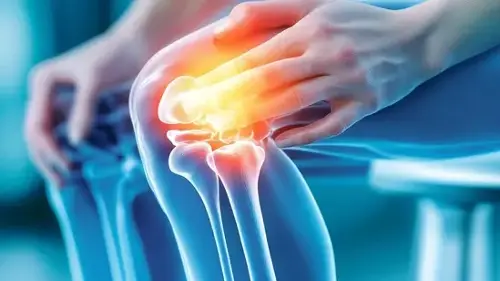
A new study led by Joona Tapio and Antti Kemppainen from the University of Oulu suggests that knee joints can undergo silent deterioration long before any pain appears. This may explain why many 33-year-olds already show signs of cartilage damage in their knees despite experiencing no discomfort. Also read | Knee pain stopping you from being active? Expert shares 6 tips on how you can modify your exercises
Published in the journal Osteoarthritis and Cartilage, the study found that structural damage in the knees is surprisingly common among adults in their 30s—even in those with no symptoms. In fact, nearly two-thirds of the young adults studied had cartilage damage or bone growths that had likely developed over years or even decades, all without any noticeable pain.
Findings of the study:
The study was conducted by analysing MRI scans of 288 participants (about 61% women) with an average age of 33.7 years from the Northern Finland Birth Cohort 1986. To understand the patterns better, the study selected participants from Finland’s two northernmost provinces, born between July 1985 and June 1986. Comprehensive clinical evaluations, laboratory analyses, and knee MRIs of the participants were studied. Also read | Say goodbye to joint pain without surgery: Expert shares 8 tips on diet plan, lifestyle tweaks, treatments and therapies

Even though most of the participants reported no signs of pain, they were asked which knee troubled them more. The MRI scans of that knee was studied. In most cases, structural changes were observed in those knees. Half of the participants had damage in the cartilage where the kneecap meets the thigh bone, while a quarter of the participants showed damage where the thigh bone meetings the shin bone.
What causes early joint changes?
The study authors explained that one of the essential factors that can drive joint changes is body weight. Body Mass Index was observed to be one of the driving forces behind increasing rates and severity of knee damages. Also read | Knee pain and mental health: How stress, anxiety, and chronic pain interact
Another factor that drives joint changes is elevated blood urate levels and systolic blood pressure. A family history of knee osteoarthritis was also observed to have an influence.
Note to readers: This article is for informational purposes only and not a substitute for professional medical advice. Always seek the advice of your doctor with any questions about a medical condition.